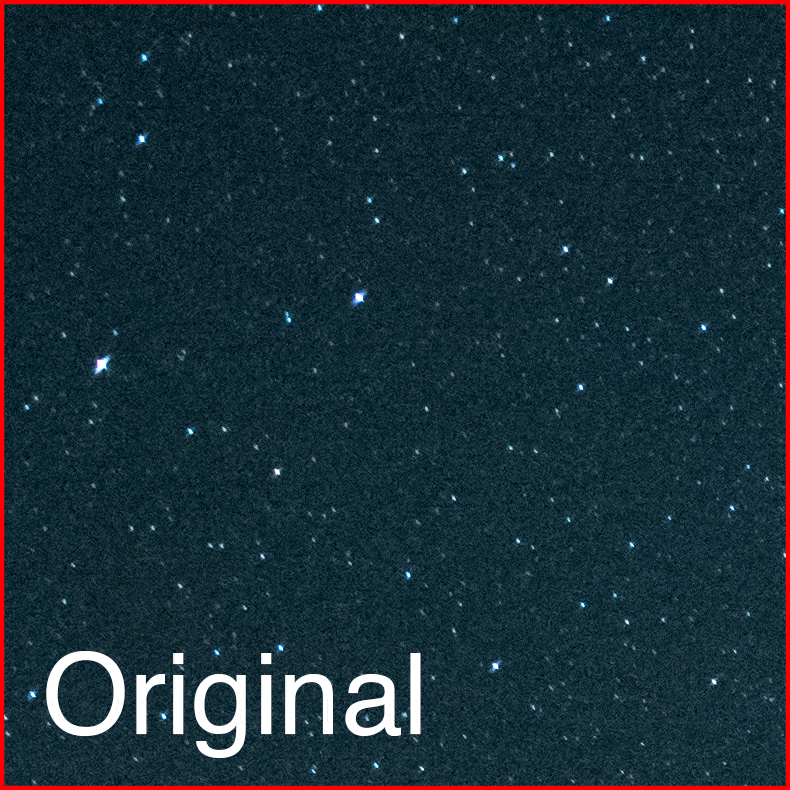A few weeks ago, I released a tutorial showing how to stack multiple images to get rid of high ISO noise in a starry night sky. While that technique produces the best possible results, it isn’t always possible to stack or capture multiple exposures. Moving subjects such as clouds, shooting stars, and the aurora can all prevent you from stacking images of stars or the Milky Way. But you can use a combination of noise reduction and luminosity masks to get a very clean result from a single ISO 6400 image. And this approach is simpler and faster than aligning and stacking multiple exposures.
The basic workflow includes using modest settings in RAW conversion to avoid noise and keep detail, noise reduction in Photoshop, and luminosity masks to blend the noise reduction with star detail.
Step 1: Lightroom / Camera RAW prep:
- 0-25 sharpening. A bit can bring out star detail, but you can quickly bring out noise if you use too much.
- 5-25 masking. This helps avoid sharpening background noise somewhat.
- 5-10 luminance noise reduction. Optional, but I like to reduce a little noise at the RAW stage.
- 25-50 color noise reduction. You should use a minimum of 25 to avoid blotchy color in the sky, but avoid going too high or you’ll remove the natural color from the stars.
Step 2: Nik Dfine noise reduction in Photoshop
- Automatic noise detection works great for starry skies
- Luminance noise reduction of 100-125% is ideal. Going too high will quickly degrade the image
Step 3: Use a luminosity mask to isolate the stars, so that you can blend the sharp stars with the noise reduction in the background
- Try L2 or L3 if you are using my free luminosity masking panel
- Use the “Lighter (+/-)” masks if you have Lumenzia for an even better result.
- If you apply the mask on the noise reduction layer, be sure to invert the mask so that the stars show through from below.
Comparison of results:
In this first animated GIF, we can see how noise reduction has significantly cleaned up the background noise. Use of of a standard L2 luminosity mask has improved some of the minor stars, and the Lighter(+) mask in Lumenzia has brought out even more minor stars. Stacking clearly produces the best results, with fewer artifacts and many more minor stars.
In this next animated GIF showing the Aurora, we can see how well stars are discriminated vs noise. This is a good test of how the results would compare in an image with urban light pollution on the horizon. The L2 mask has done a poor job, allowing some of the original noise back into the image – whereas the Lighter(+) mask retains full noise reduction.



